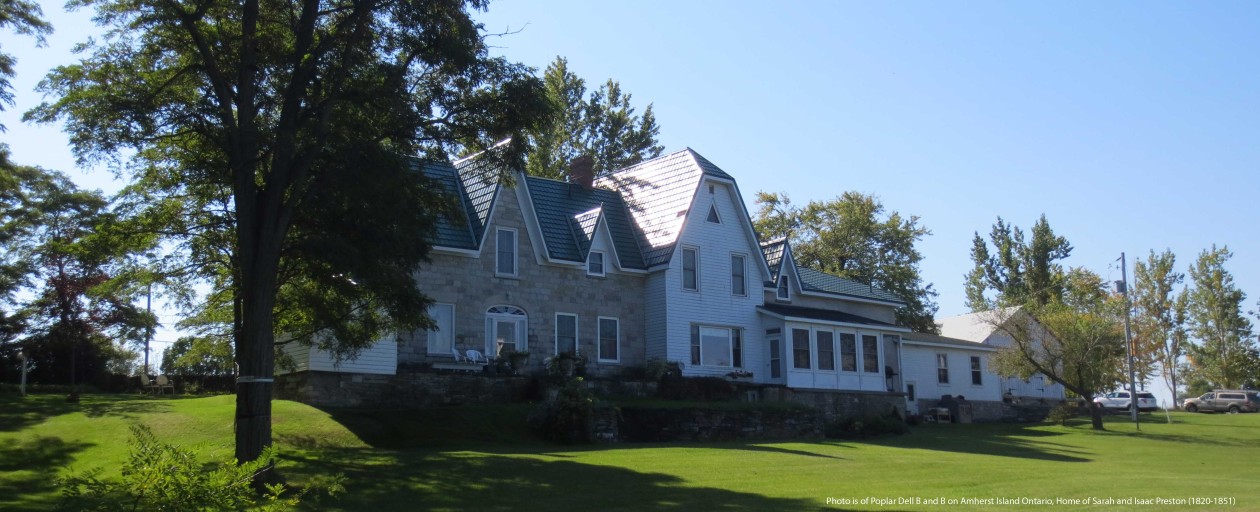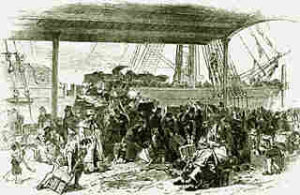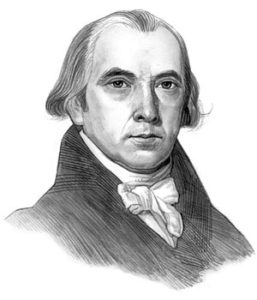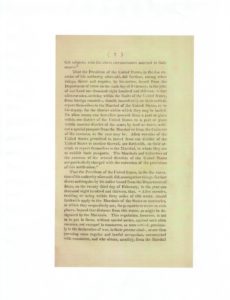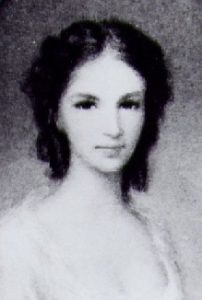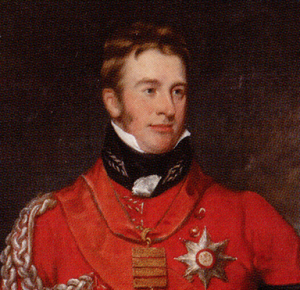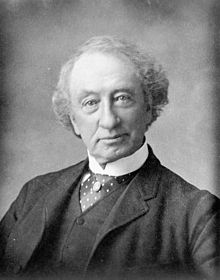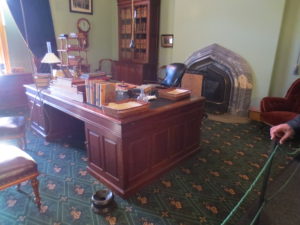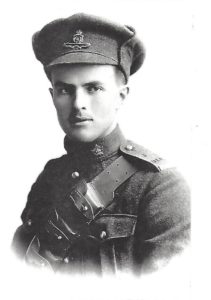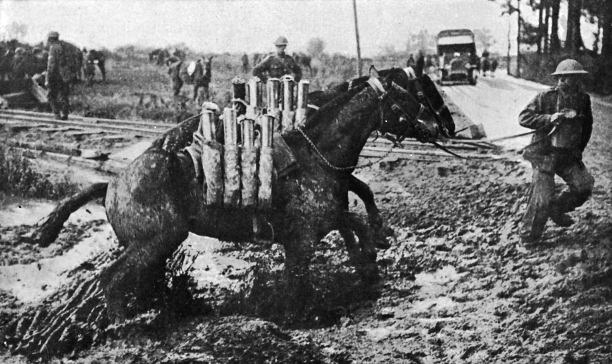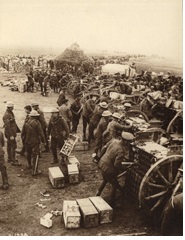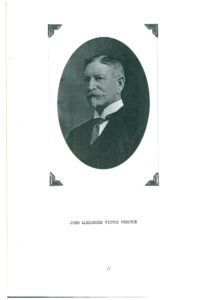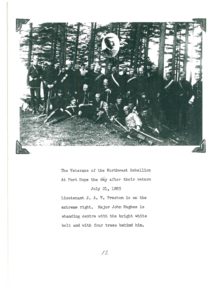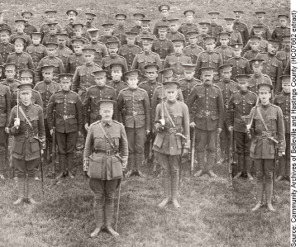Alexander Bernard Preston 1895 – 1987 : his World War 1 Experience
The Conscription Act of Aug. 29, 1917 resulted in thousands of new recruits being drafted into the Canadian Army, to replenish the losses. And to this, there was a now only a trickle of volunteers. The dead and the images of the carnage in war, had choked off the enthusiasm, sense of adventure and duty to Britain that had fueled the first recruits. Bernard Preston volunteered for the Canadian Army in late 1917, as he felt it was now time to do so. There was still an expectation to serve the Allied efforts against the hated “Hun”, despite the terrible toll of lives lost. To serve, was righteous and those who did, were respected. So, he left his father’s farm in Bethany, age 23, to join the other late arrivals, draftees and volunteers: farmers’ sons, factory workers, the unemployed.
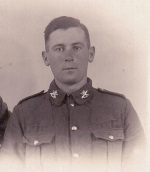
Private Preston’s military number was #3060298. (attestation stamping – 1st Depot Sq E D Reg. C.E.F.) He was a member of the 6th Canadian Reserve Battalion recruited from Eastern Ontario. They were based in Seaford England (County Sussex) from March 1917 until mod 1919.
Bernard travelled to Kingston for basic training. His official signing of attestation papers was June 1, 1918 in Kingston. He left Montreal June 28, 1918 with 1400 troops and boat crew on the 471 foot long, 4700 ton steamer, the City of Vienna, bound for England. For some reason it had to make a stop in Halifax, possibly for more supplies. The City of Vienna missed the Halifax harbour entrance, in dense fog, travelling too far west, hitting a reef 7:00 a.m. July 2. Bernard saw the ship lurch to one side, food trays flying in the kitchen while he and his mates awaited breakfast. Local fishing boats, its own life boats and a nearby US ship, rescued all aboard. Half an hour after the completed rescue, the City of Vienna, sank, fully loaded with munitions. Today it is still a hazard at the sea bottom, not far from Peggy’s Cove, 2.6 km from shore near Sambro Island.

City of Vienna
Upon arriving England, possibly Brighton, the troops were assigned huts in the Seaford military base camp, just 130 km from Dieppe France. Here, they underwent training in trench warfare, machine guns, rifles, gas prevention, parade duties etc. Bernard trained as a machine gunner. The camp population was 24,000 surpassing that of Seaford. The locals were overrun by Canucks and other foreigners speaking with varied accents.

Bernard Preston (8th from left – back row) and the old 6th Battalion,
Bernard’s WWI experience was bad luck which turned into good luck. He never served at the front. The Spanish flu, brought to England by returning soldiers, swept through the military camps and local communities. Sixty Canadian soldiers at Seaford base died of the flu in October 1918, and were buried at Seaford cemetery. Bernard too was hit by the virus, but survived. Because he was weakened, he was not fit for action at the front. When he did recover, the war was almost over, new recruits no longer being sent to the front. By this time, some of his mates from Eastern Ontario had returned to England, wounded.
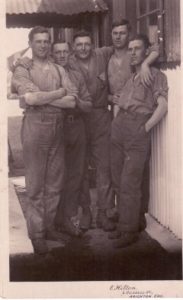
Bernard Preston on left with buddies at Seaford, 1919
Following Armistice, the decision was made that the first troops to depart for home, would be the ones with the longest service. The 1918 arrivals staying until last. This afforded a relaxed camp atmosphere with time off for travel. Bernard and mates made it to Wales, Scotland and all over England. One of Bernard’s favourite stories, was an evening in London on leave when the boys went to the theatre. It was possibly a production at the Royal Alex. Bernard was seated at the aisle. To his surprise, King George V, and Queen Mary proceeded past him to their seats. If Bernard had reached out, he could have touched the King.
Bernard was assigned to KP duty much of the time. Masses of food. Mutton, mutton, mutton. Potatoes, endless potatoes to peel. And bread. That was prepared for the masses by melting butter and spreading it thinly on hundreds of slices at a time with a paint brush! My grandfather hated mutton.
Bernard and the last of the now 7th Battalion, returned to Canada July 1, 1919, to a much different country.
Bernard was my grandfather, who I knew longer than my own father. Spending 1:1 time with him on the farm, in summers, gave me an insight into the Preston mindset, to get a hint at their values, morals, beliefs and weaknesses. (Isaac, Bernard and I all shared a desire for fairness, a stubbornness and a temper if provoked).
He was my conduit to the Prestons in “Loyalty”.
